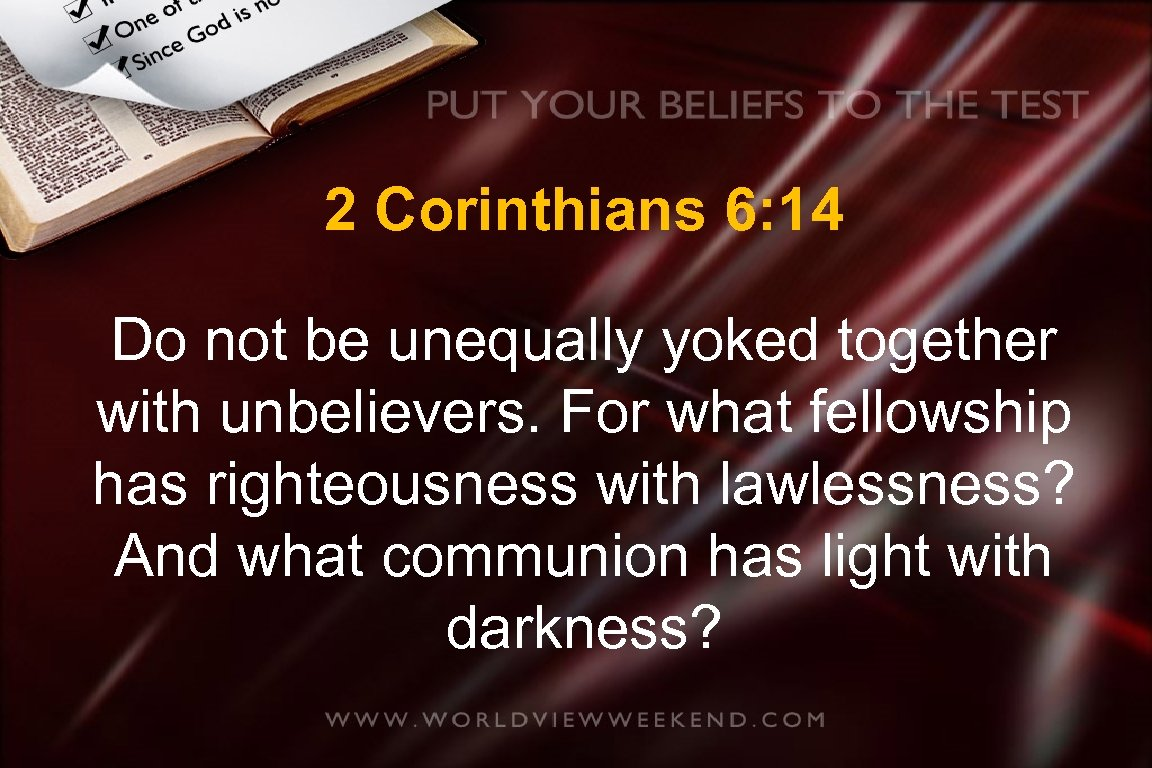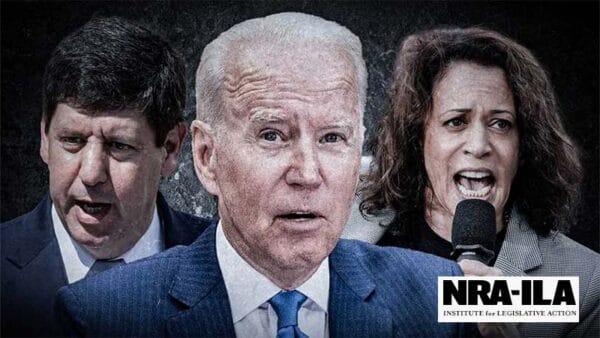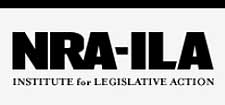The outline of the administration’s plan for state action is as follows:
- “Establish a State Office of Gun Violence Prevention”;
- “Invest in Evidence-informed Solutions to Prevent and Respond to Gun Violence”;
- “Strengthen Support for Survivors and Victims of Gun Violence”;
- “Reinforce Responsible Gun Ownership”;
- “Strengthen Gun Background Checks”; and
- “Hold the Gun Industry Accountable”.
The outline paints a picture of obvious gun control euphemisms interspersed with potential efforts at problem-solving. But the details of the plan paint a different story, one replete with the same unconstitutional, failed, or – at best – unproven policies the firearm prohibition lobby has pursued for decades. Little of it has anything to do with crime or safety. Instead, most of it is squarely focused on making life more difficult for anyone who would dare own a gun or operate a firearm-related business.
The second step, “Invest in Evidence-informed Solutions to Prevent and Respond to Gun Violence”, is significant mainly for its subtle shift in language from the prior gun control rhetoric of “evidence-based” solutions to the lower standard of “evidence-informed.” This is a tacit admission that there is precious little quality evidence for anything the administration is recommending.
Among the policies recommended in this section is “Fund Community Violence Interventions.” In theory, this would use a community-based approach to reducing firearm-related crime through “comprehensive social, health, and economic support for individuals at greatest risk”. Where this has actually been tried, however, the funds often go to “community groups” composed of unprincipled grifters, including “peacekeepers” who in some cases are ex-prisoners who not only fail to keep the peace but contribute to the violence they are supposed to prevent.
The third step, “Strengthen Support for Survivors and Victims of Gun Violence”, would seem to be the least controversial of the plan’s objectives. But one of the policies under this heading would actually help protect criminals from detection and prosecution by recommending that certain federally-funded services for crime victims be provided without the statutory requirement that the victims “cooperate with law enforcement”. This is part and parcel of the administration’s approach to “safety,” which bends over backwards to give individuals who actually cause harm a pass, while seeking to shift ever more burdens to the law-abiding public at large. It also shows that the administration will twist statutes to its will wherever possible, including by making legal requirements “waivable” when they prove politically inconvenient.
Generally speaking, the administration’s recommendations under this heading also show equal concern for criminals who are shot as an outcome of their illegal activities as for other victims of “gun violence” who have no culpability in bringing that status on themselves.
The Fourth step of “Reinforcing Responsible Gun Ownership” is synonymous with “enacting punitive gun control.” Even while urging concern for criminals who get themselves shot while participating in crime, the administration advocates for penalizing those whose guns are stolen or used by a third party to cause harm, unless the gun owner complied with mandatory storage and reporting requirements.
This prong of the plan includes model “safe storage” legislation drafted by none other than the U.S. Department of Justice (DOJ). Under DOJ’s proposed model, a person not actually carrying or using a gun, or having it within arm’s reach, would have to disable it with a locking device or store it in a locked container. This is at odds, however, with U.S. Supreme Court precedent that forbids storage requirements that would render a gun unavailable for “immediate self-defense”. Of course, the proposed law would exempt DOJ’s own officers, as well as other law enforcement personnel, from these general requirements, demonstrating DOJ’s commitment to “gun safety” ends at is own liability.
Another DOJ model law would penalize anyone who’s firearm was stolen, unless the person submitted a mandatory report to the government “no later than 48 hours after the person … knew or reasonably should have known of the … theft” (emphasis added). This could apply to a theft the person was actually unaware of (for example, from a sporadically used camper or hunting cabin), but – in a prosecutor’s opinion – could have been discovered with more care or diligence. This concept makes the gun owner who was victimized by the theft the low-hanging fruit for law enforcement, rather than the criminal who actually stole the gun. It betrays, once again, an approach to public safety that faults everybody but the perpetrator for the commission of a crime.
It should come as no surprise that the administration’s recommendations for “Strengthening Background Checks”, the fifth step, includes criminalizing private firearm transfers, even to non-prohibited persons who intend to use the firearms lawfully. But the administration wants the states to go further, including by making confidential juvenile records available to the National Instant Criminal Background Check System, so they can be used to deny otherwise non-prohibited adults firearm purchases. This includes both youthful indiscretions that did not result in criminal prosecutions, as well as records of certain mental health interventions. Thus, while the administration is eager to protect criminals from prosecution, it is also eager to make sure that kids who had a bumpy road to adulthood are penalized when it comes to their Second Amendment rights.
The final category of “Holding the Gun Industry Accountable” includes making the gun industry responsible for third-party criminal acts (notwithstanding existing federal law to the contrary) and heaping redundant state licensing and bureaucratic requirements for dealers onto the existing federal ones. Even more tellingly, however, it recommends banning some of the industry’s most popular products, including semi-automatic long guns (which the administration deceptively calls “assault weapons”). Usually, the administration promotes such bans as a public safety imperative. It’s admission here that they are also (perhaps primarily) a way to punish businesses simply for being involved in the gun trade, which is especially revealing.
Needless to say, most of the hardcore anti-gun states have implemented versions of these measures already. Meanwhile, moderate or pro-gun states are either not interested in them or (appropriately) have higher priorities for actually fighting crime. But it says something significant that the administration is willing to expend so much effort signaling to its supporters and donors how much they want to clamp down on the Second Amendment.
Gun owners should consider themselves warned.


